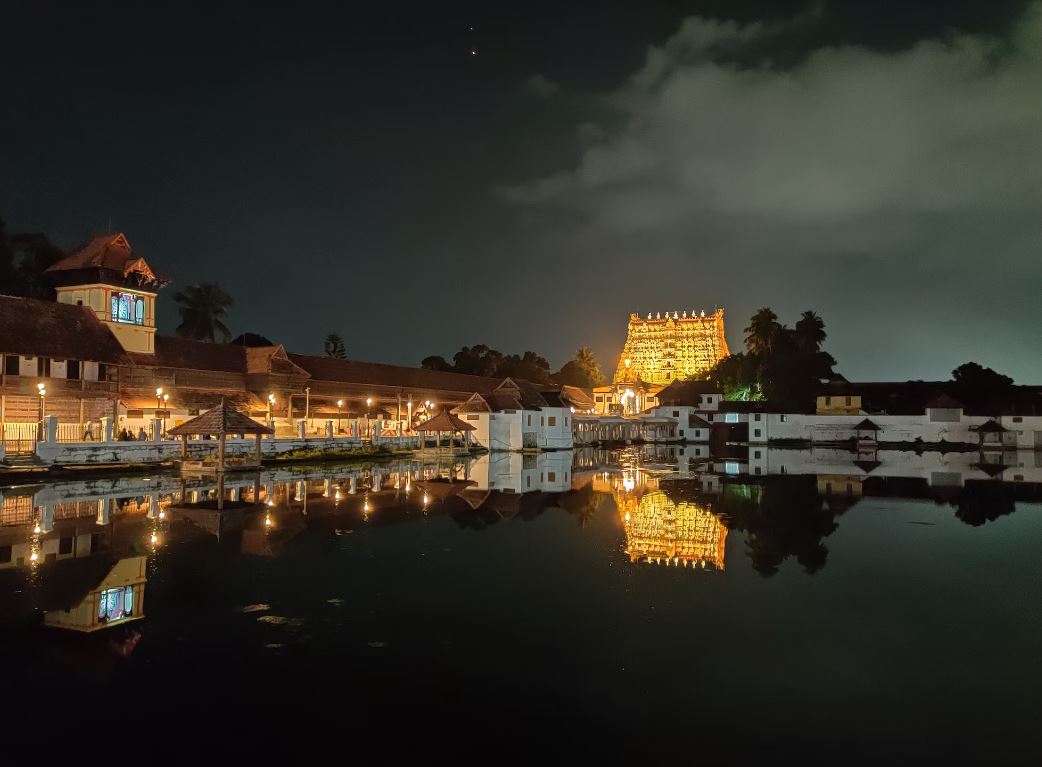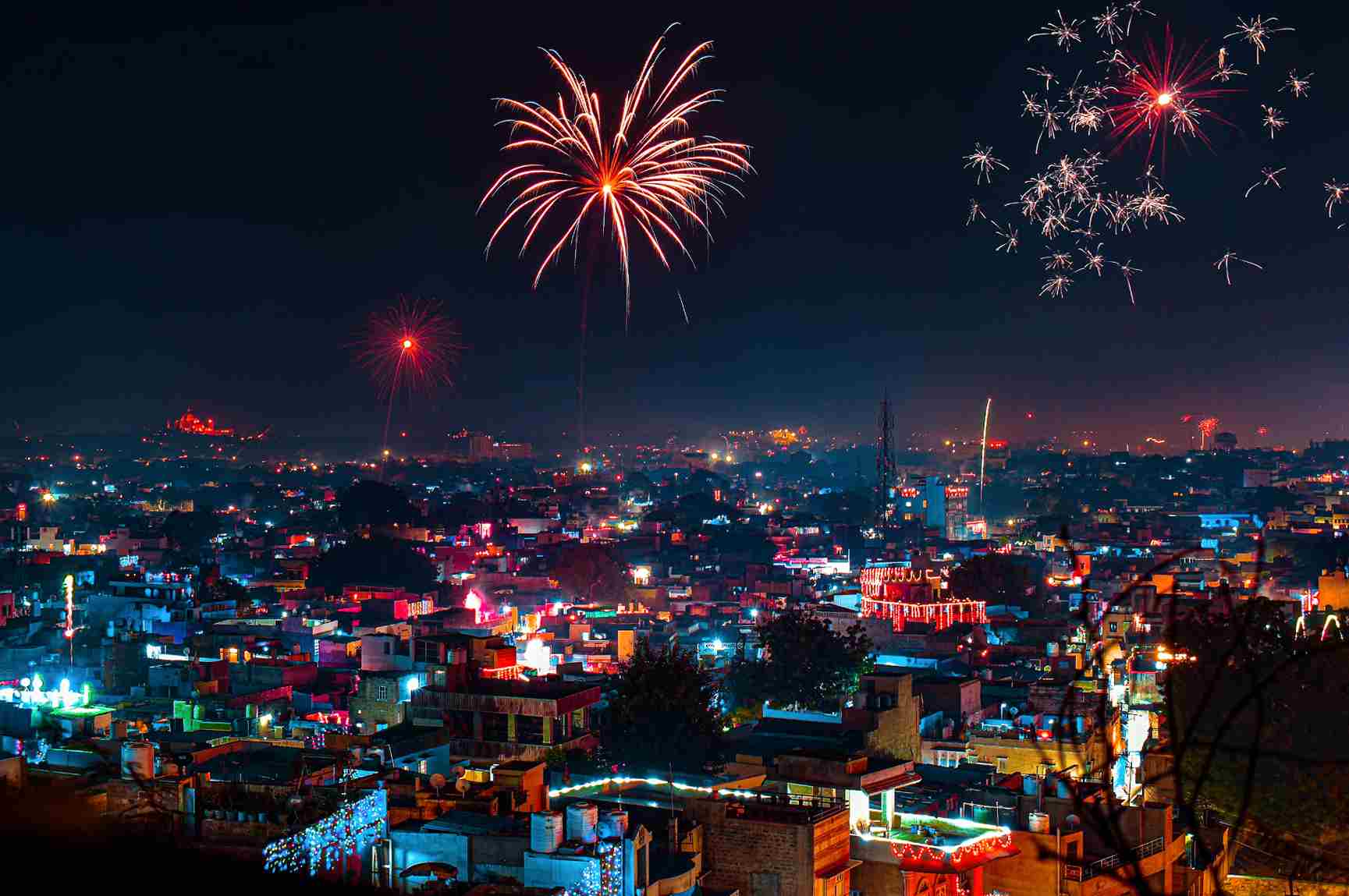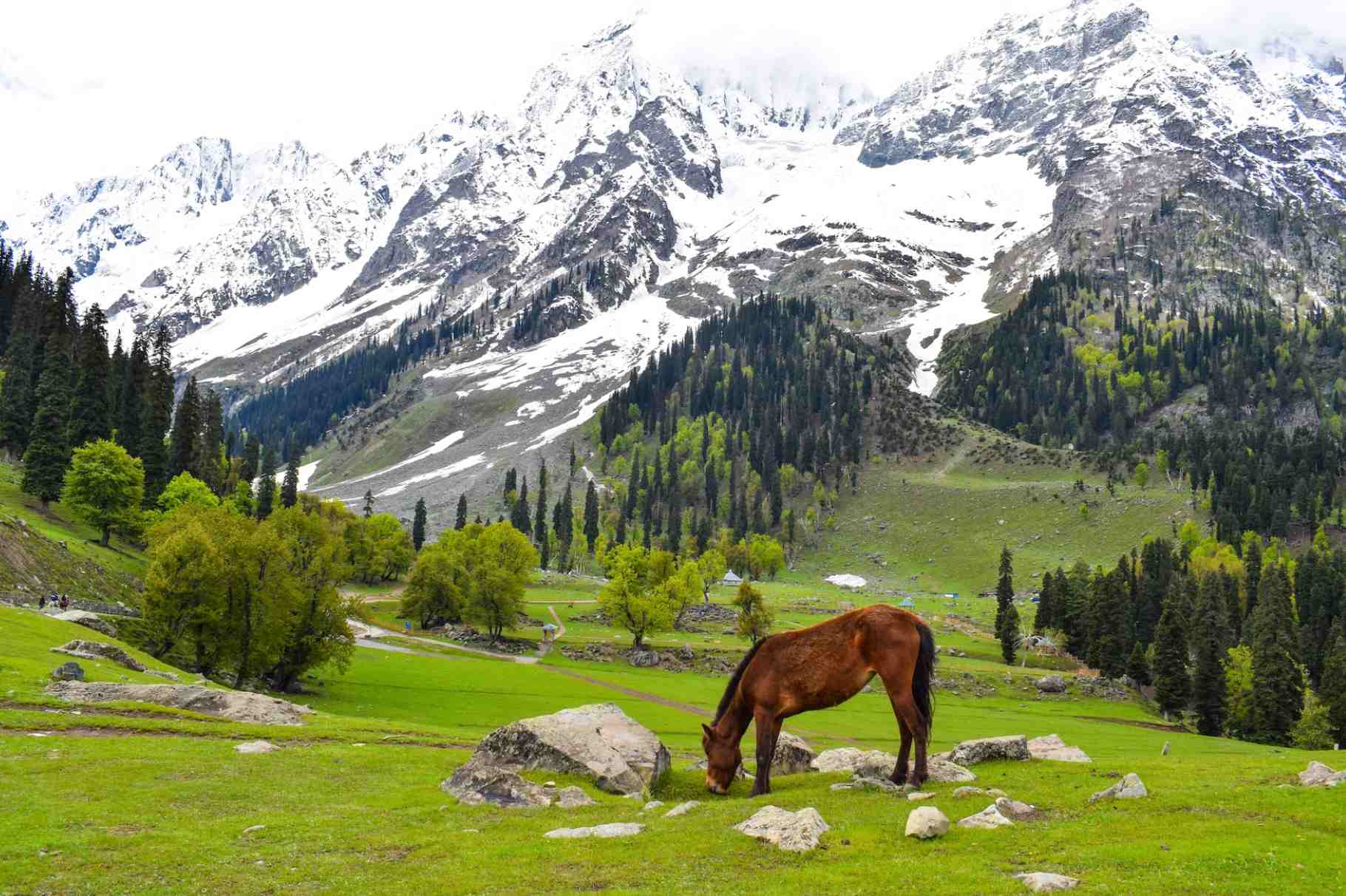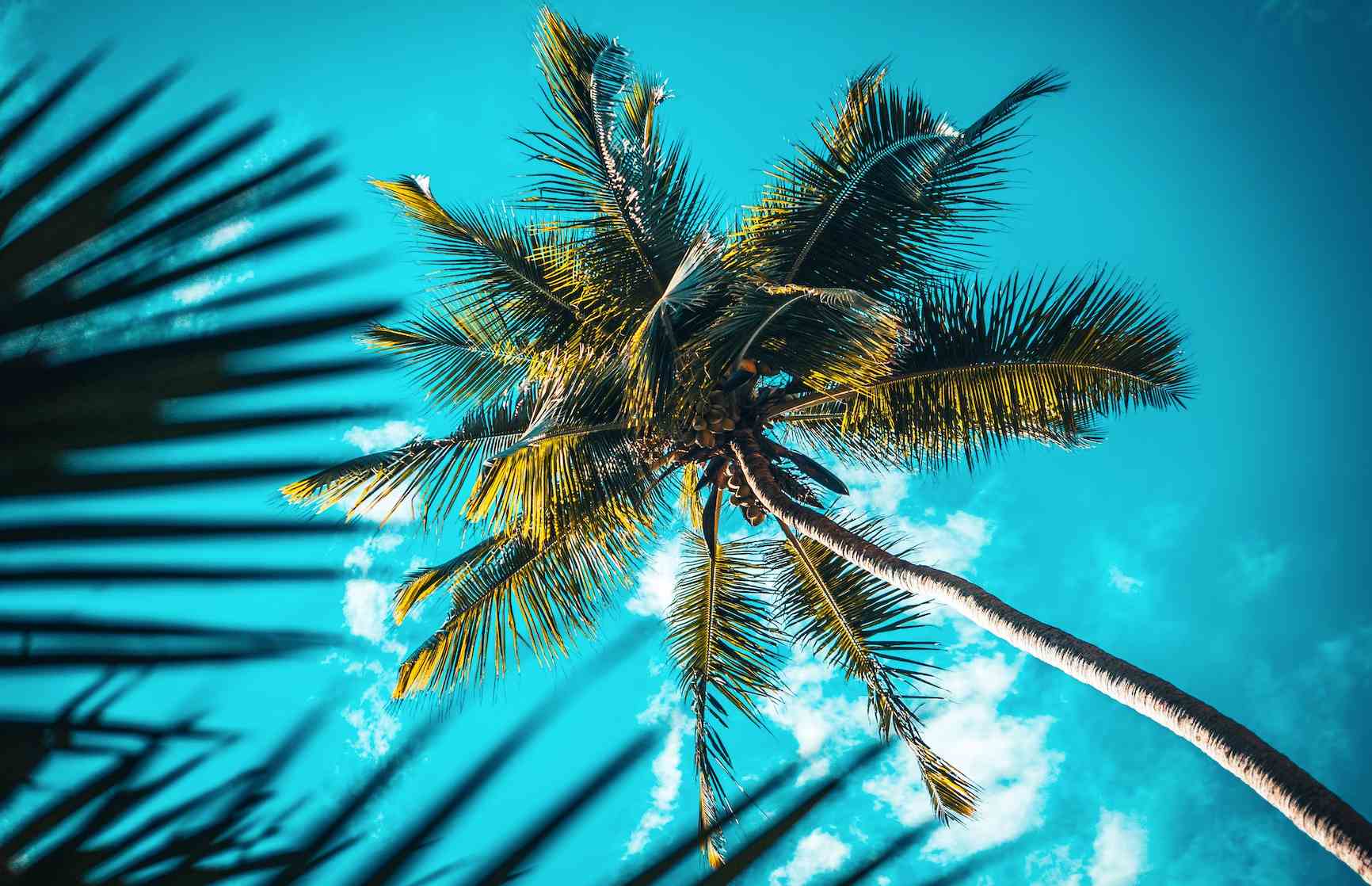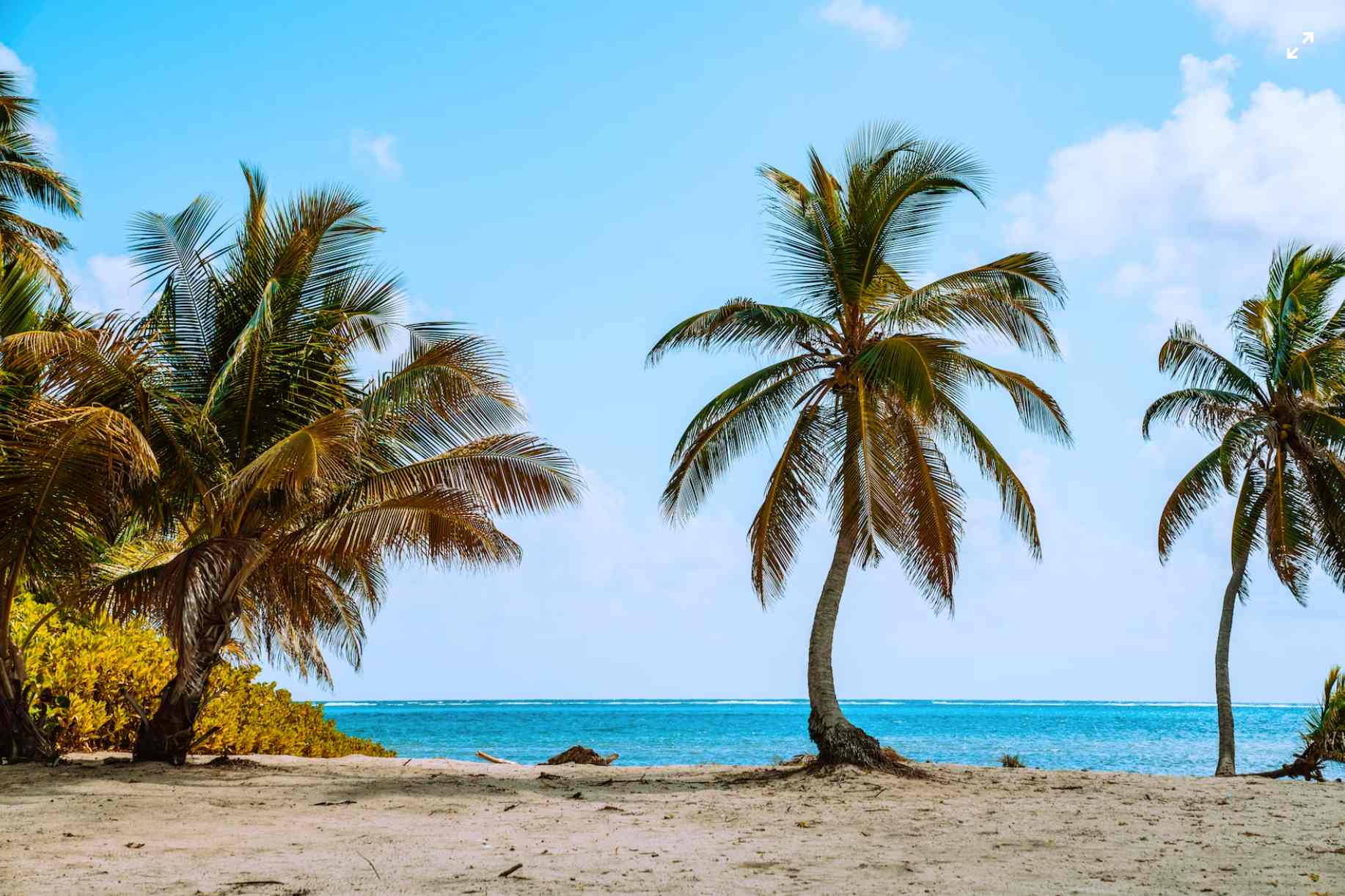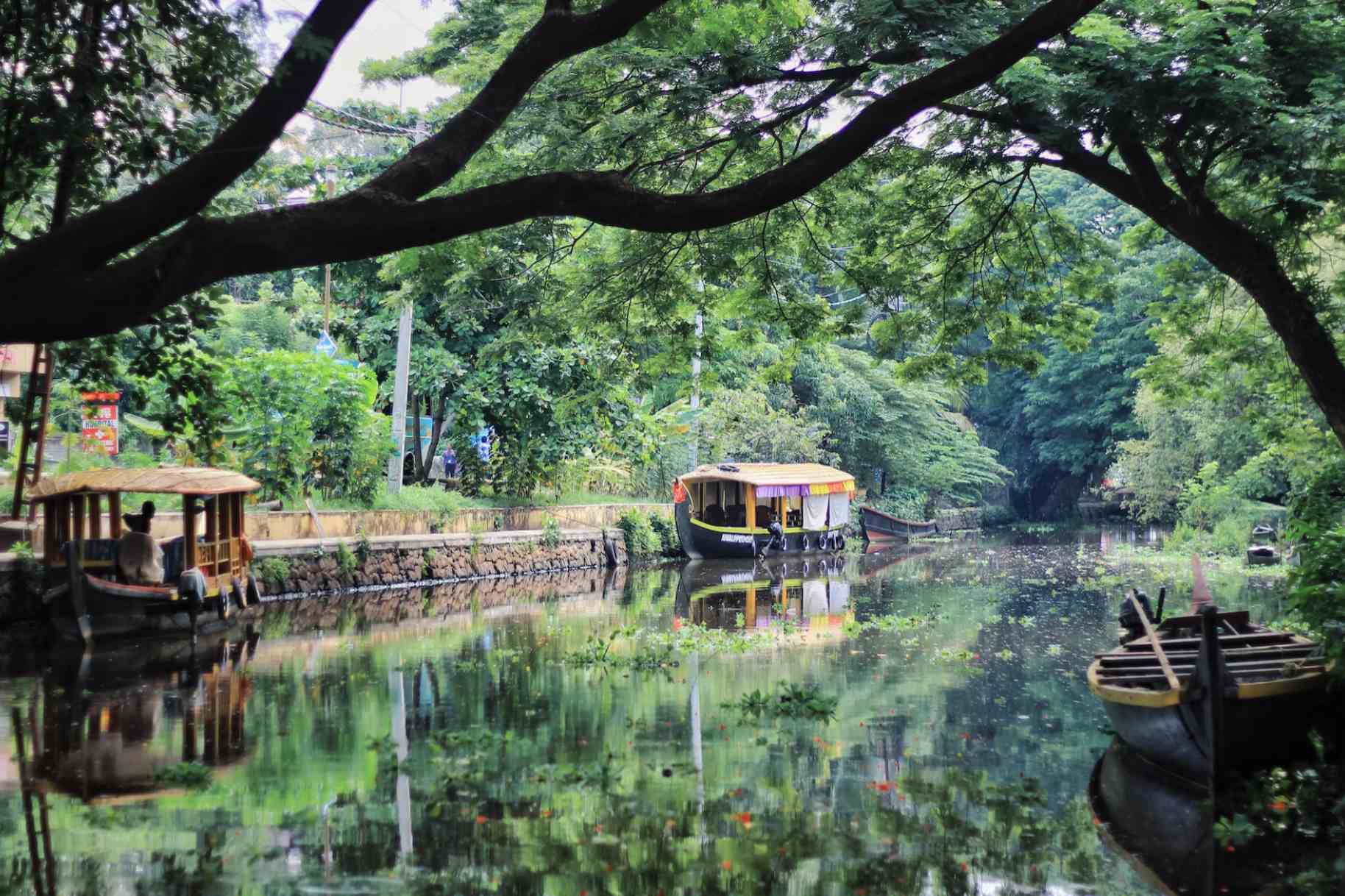Kerala | Everything you need to know about the God's Own Country
Kerala, also known as "God's Own Country", is a beautiful state located on the southwestern coast of India. It is bordered by the Arabian Sea on the west and the Western Ghats on the east. Here is everything you need to know about Kerala before planning to Sneakout to Kerala:
Kerala Demographics
Kerala is a state in the southwestern region of India. It has a population of approximately 33.4 million people (as of 2021) and covers an area of 38,863 square kilometers. Here are some key demographic features of Kerala:
Gender ratio: Kerala has a higher female to male ratio compared to the national average. The sex ratio of Kerala is 1084 females per 1000 males.
Literacy rate: Kerala has one of the highest literacy rates in India. According to the 2011 census, the literacy rate in Kerala was 96.2%.
Religion: The majority of the population in Kerala is Hindu (54%), followed by Muslims (26%) and Christians (18%).
Language: Malayalam is the official language of the state and is spoken by the majority of the population. Other languages spoken in Kerala include Tamil, Kannada, and English.
Urbanization: Kerala has a high level of urbanization, with over 47% of the population living in urban areas.
Age structure: Kerala has a relatively older population compared to other states in India. The median age in Kerala is 36.7 years.
Ethnicity: The majority of the population in Kerala belongs to the Malayali community, which has a unique culture and language. Other ethnic groups in Kerala include Tamilians, Tulus, Konkanis, and Kannadigas.
Overall, Kerala is a diverse state with a unique demographic profile compared to other parts of India.
Kerala Tourism
Kerala is a popular tourist destination that offers a wide range of activities and attractions for visitors. The state is known for its beaches, backwaters, wildlife sanctuaries, hill stations, and historical monuments. Some of the must-visit tourist attractions in Kerala include:
Backwaters: Kerala's backwaters are a network of interconnected canals, lagoons, and lakes that are a major tourist attraction. Visitors can take a houseboat ride through the backwaters to experience the beauty of the state's waterways.
Hill Stations: Kerala is home to several hill stations such as Munnar, Wayanad, and Thekkady, among others. These hill stations offer stunning views of the Western Ghats and are popular for trekking, camping, and wildlife safaris.
Beaches: Kerala is home to several beautiful beaches such as Kovalam, Varkala, and Cherai, among others. These beaches are popular for swimming, sunbathing, and water sports.
Wildlife Sanctuaries: Kerala is home to several wildlife sanctuaries such as Periyar Wildlife Sanctuary, Silent Valley National Park, and Chinnar Wildlife Sanctuary, among others. These sanctuaries offer a chance to see a wide variety of animals, birds, and plants up close.
Ayurveda: Kerala is known for its traditional Ayurvedic treatments and therapies. Visitors can experience the benefits of Ayurveda at several spas and wellness centers located throughout the state.
Top places to visit in Kerala
Kerala has a lot to offer to tourists, with a range of popular tourist destinations and attractions. Here are some of the top places to visit in Kerala:
Munnar: Munnar is a popular hill station located in the Western Ghats of Kerala. It is known for its picturesque tea plantations, lush greenery, and cool climate. Visitors can enjoy activities such as trekking, camping, and visiting tea factories. Munnar resorts offer comfortable and luxurious accommodation options for tourists.
Wayanad: Wayanad is a district in northern Kerala, known for its natural beauty and wildlife. It is home to several wildlife sanctuaries and national parks, such as the Wayanad Wildlife Sanctuary and the Tholpetty Wildlife Sanctuary. Visitors can also explore the Edakkal Caves and the Banasura Sagar Dam.
Vagamon: Vagamon is a hill station located in the Idukki district of Kerala. It is known for its scenic beauty, rolling hills, and lush green valleys. Visitors can enjoy activities such as paragliding, trekking, and camping.
Alappuzha: Alappuzha, also known as Alleppey, is a popular tourist destination in Kerala. It is known for its backwaters, houseboats, and beaches. Visitors can enjoy a backwater cruise or relax on the Alappuzha beach.
Kollam: Kollam is a coastal town located in southern Kerala. It is known for its historic significance, ancient temples, and beaches. Visitors can also explore the Ashtamudi Lake and the Kollam Beach.
Varkala: Varkala is a seaside town located in the Thiruvananthapuram district of Kerala. It is known for its beautiful beaches, cliffs, and natural springs. Visitors can also explore the Janardanaswamy Temple and the Sivagiri Mutt.
Idukki: Idukki is a district located in the Western Ghats of Kerala. It is known for its natural beauty, wildlife, and tea plantations. Visitors can explore attractions such as the Idukki Dam and the Anamudi Peak.
Kumarakom: Kumarakom is a village located on the banks of the Vembanad Lake in Kerala. It is known for its backwaters, houseboats, and bird sanctuary. Visitors can enjoy a backwater cruise or go birdwatching at the Kumarakom Bird Sanctuary.
Thodupuzha: Thodupuzha is a town located in the Idukki district of Kerala. It is known for its scenic beauty, wildlife, and plantations. Visitors can explore attractions such as the Thommankuthu Waterfalls and the Vagamon Meadows.
Fort Kochi: Fort Kochi is a historic town located in the city of Kochi. It is known for its colonial architecture, ancient churches, and the famous Chinese fishing nets. Visitors can explore the Fort Kochi beach and the Mattancherry Palace.
These are just a few of the many places to visit in Kerala. Visitors can choose from a range of Kerala tour packages to explore the best of what this beautiful state has to offer. While Kerala is generally safe for tourists, visitors should exercise caution and avoid traveling alone at night. Travelers can also check the sneakout reviews for any potential safety concerns while traveling.
Accommodation
Kerala offers a wide range of accommodation options for visitors, ranging from budget-friendly hostels and guesthouses to luxurious resorts and hotels. Visitors can choose from a variety of options depending on their budget and preferences. Some popular accommodation options in Kerala include homestays, houseboats, beach resorts, and hill station lodges, treehouses, camping, glamping and caravan. We recommend you to use eco-friendly stay options to reduce your overall carbon emission while visiting Kerala.
Best time to visit
The best time to visit Kerala is between October and March, when the weather is cooler and drier.
The monsoon season in Kerala lasts from June to September, and while the rain can be heavy, it is a great time to visit for lush greenery and waterfalls.
Kerala Cuisine
Here are some of the most famous Kerala dishes:
Appam and Stew: Appam is a type of pancake made with fermented rice batter, and is typically served with stew made from vegetables, meat, or fish.
Malabar Biriyani: A fragrant rice dish made with spices, vegetables, and meat, and typically served with raita and pickle.
Fish Curry: Kerala-style fish curry is made with a variety of fish like sardines, mackerel, or kingfish, and is cooked in a coconut-based sauce with spices like turmeric, chili, and coriander.
Thoran: Thoran is a side dish made with vegetables like cabbage, beans, or carrots, and is cooked with coconut, chili, and turmeric.
Puttu and Kadala Curry: Puttu is a steamed rice cake, typically served with kadala curry made with black chickpeas cooked in coconut gravy.
Avial: Avial is a vegetable curry made with a variety of vegetables like drumsticks, yam, and pumpkin, cooked in coconut and yogurt.
Payasam: Payasam is a sweet pudding made with rice or vermicelli, milk, sugar, and flavored with cardamom and other spices.
These are just a few of the many delicious dishes that Kerala has to offer, and there are many more regional specialties to discover.
Sustainability in Kerala
Kerala has made significant efforts towards sustainability and conservation of its natural resources. Here are some examples:
Sustainable Tourism: Kerala has made efforts to promote sustainable tourism by encouraging eco-friendly practices in the tourism industry. The state has also implemented responsible tourism initiatives that focus on community involvement, waste management, and conservation of local resources.
Waste Management: Kerala has implemented a decentralized waste management system that focuses on recycling and composting. This has reduced the amount of waste going to landfills and has also created employment opportunities in the recycling sector.
Renewable Energy: Kerala has made significant strides in the promotion of renewable energy, with a focus on solar energy. The state has set up solar parks and implemented rooftop solar schemes to promote the use of solar power.
Organic Farming: Kerala has been promoting organic farming practices, with the aim of reducing the use of pesticides and chemical fertilizers. The state has implemented organic farming programs that provide training and support to farmers.
Conservation of Biodiversity: Kerala is home to a variety of flora and fauna, and the state has implemented conservation programs to protect its natural resources. The state has set up several wildlife sanctuaries and national parks, including the Periyar Tiger Reserve, to protect its biodiversity.
Kerala's efforts towards sustainability and conservation are commendable, and the state serves as a model for other regions to follow. However, there is still more work to be done to ensure the long-term sustainability of the state's natural resources and to address issues like air pollution and climate change.
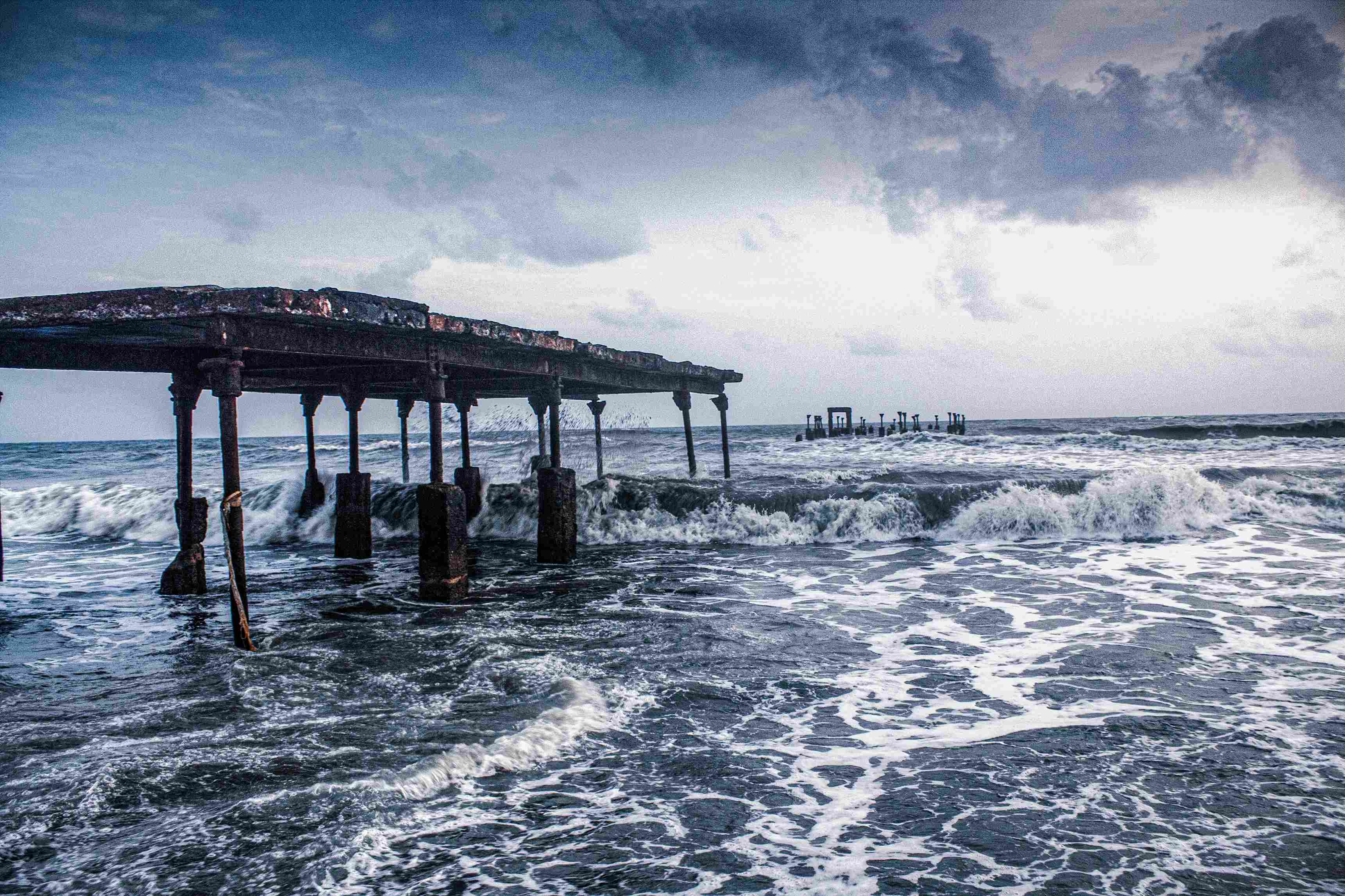
Geography and Climate of Kerala
Kerala is a narrow strip of land located along the Arabian Sea coast. The state is divided into three regions: the highlands, the midlands, and the coastal plains. Kerala is located in the southwestern region of India, bordered by the Arabian Sea to the west and the Western Ghats to the east. It has a total area of 38,863 square kilometers, and is divided into 14 districts. The state is known for its picturesque landscapes, with backwaters, beaches, hills, and forests.
Kerala has a tropical climate with two distinct monsoon seasons. The southwest monsoon, which occurs from June to September, brings heavy rains to the state. The northeast monsoon, which occurs from October to November, brings moderate rainfall to the state. The best time to visit Kerala is between October and March when the weather is pleasant and dry.
Kerala is known for its diverse geography, with a long coastline along the Arabian Sea, lush green hills and forests, and backwaters.
The Western Ghats mountain range runs through the state and also provides stunning views and hiking opportunities.
The backwaters are a unique feature of Kerala, a network of interconnected lagoons and canals that are popular for houseboat tours.
Kerala has a tropical climate, with heavy rainfall during the monsoon season (June to September) and relatively dry weather during the rest of the year. The state experiences two monsoons, the southwest monsoon from June to September, and the northeast monsoon from October to December. The average annual rainfall in Kerala is around 3,000 mm.
The temperature in Kerala varies depending on the season and the region. Coastal areas have a more moderate climate, with temperatures ranging from 25-32°C. In the hilly regions, temperatures can range from 10-25°C. The best time to visit Kerala is from October to March, when the weather is pleasant and dry.
Overall, Kerala's geography and climate contribute to its unique natural beauty and make it a popular tourist destination.
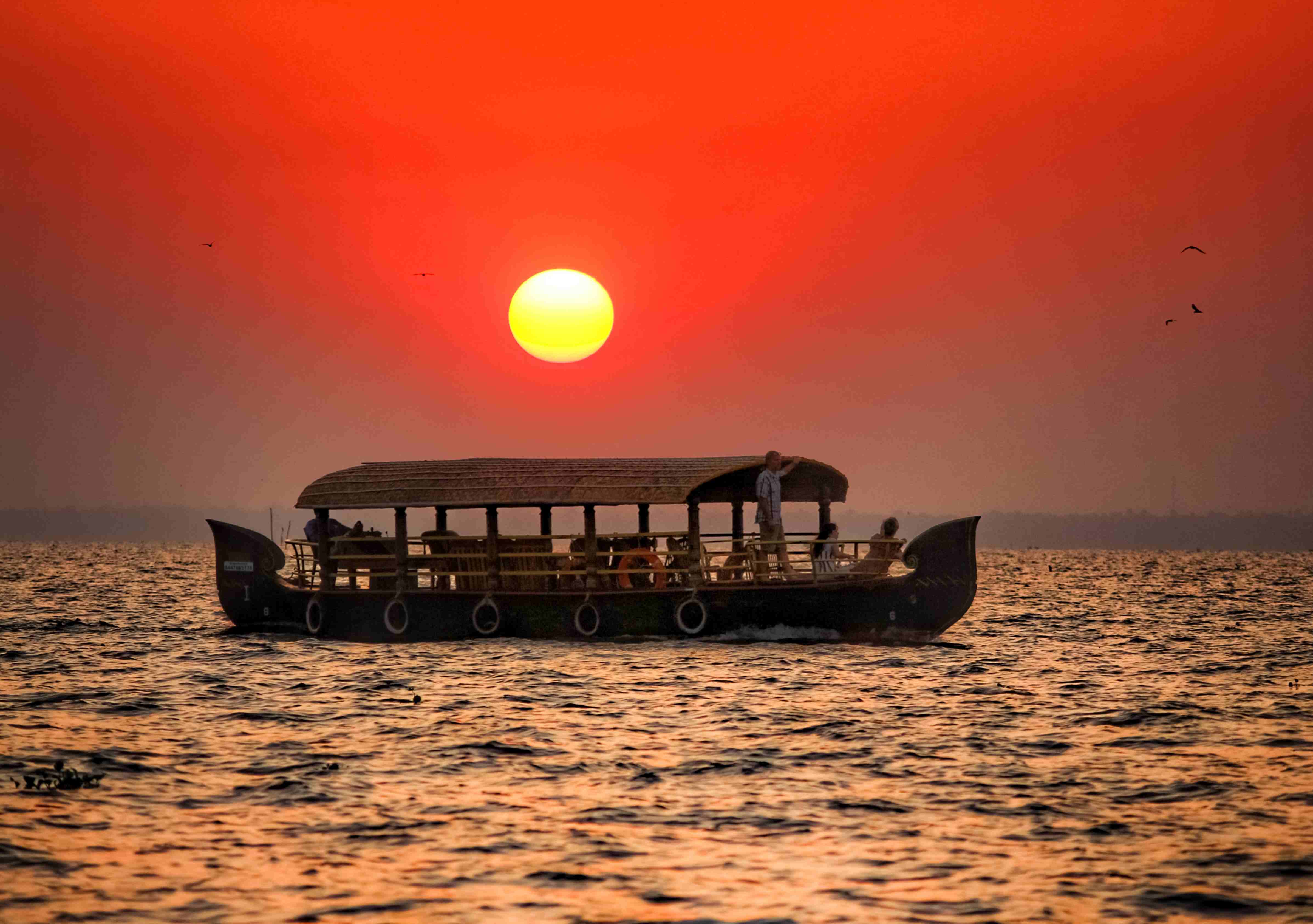
History of Kerala
Kerala has a long and rich history, with evidence of human settlements dating back to the Neolithic era.
The region was a major center of trade and commerce, with contacts with ancient civilizations such as the Greeks, Romans, and Arabs.
Kerala was ruled by various dynasties and kingdoms throughout its history, including the Chera, Pandya, and Chola empires.
In the 16th century, the Portuguese established a colonial presence in Kerala, followed by the Dutch and British.
Top beaches in Kerala
Kerala is known for its beautiful beaches that attract tourists from all over the world. Here are some of the best beaches in Kerala:
Kovalam Beach: Located in Thiruvananthapuram, Kovalam is one of the most popular beaches in Kerala. It is known for its crescent-shaped beach, clear blue waters, and palm-fringed shoreline. It is also a popular spot for surfing, swimming, and sunbathing.
Varkala Beach: Located in the town of Varkala, this beach is known for its stunning cliffs that overlook the Arabian Sea. It is a popular destination for both domestic and international tourists, and is known for its tranquil atmosphere and scenic beauty.
Cherai Beach: Located near Kochi, Cherai Beach is known for its golden sand, coconut groves, and serene atmosphere. It is a great spot for swimming, sunbathing, and water sports.
Bekal Beach: Located in Kasaragod, Bekal Beach is known for its serene surroundings, historic Bekal Fort, and clean waters. It is a popular spot for swimming and relaxing.
Marari Beach: Located in Alappuzha, Marari Beach is known for its calm and tranquil atmosphere. It is a great spot for relaxing, swimming, and enjoying the local culture.
Kappad Beach: Located in Kozhikode, Kappad Beach is known for its historical significance as it is the place where Vasco da Gama, the Portuguese explorer, first set foot on Indian soil. The beach is also known for its scenic beauty, with clear waters and a serene atmosphere.
Muzhappilangad Beach: Located in Kannur, Muzhappilangad Beach is known for its long stretch of pristine sand and its unique feature of being the only drive-in beach in Kerala. It is a popular spot for adventure activities like paragliding, jet skiing, and parasailing.
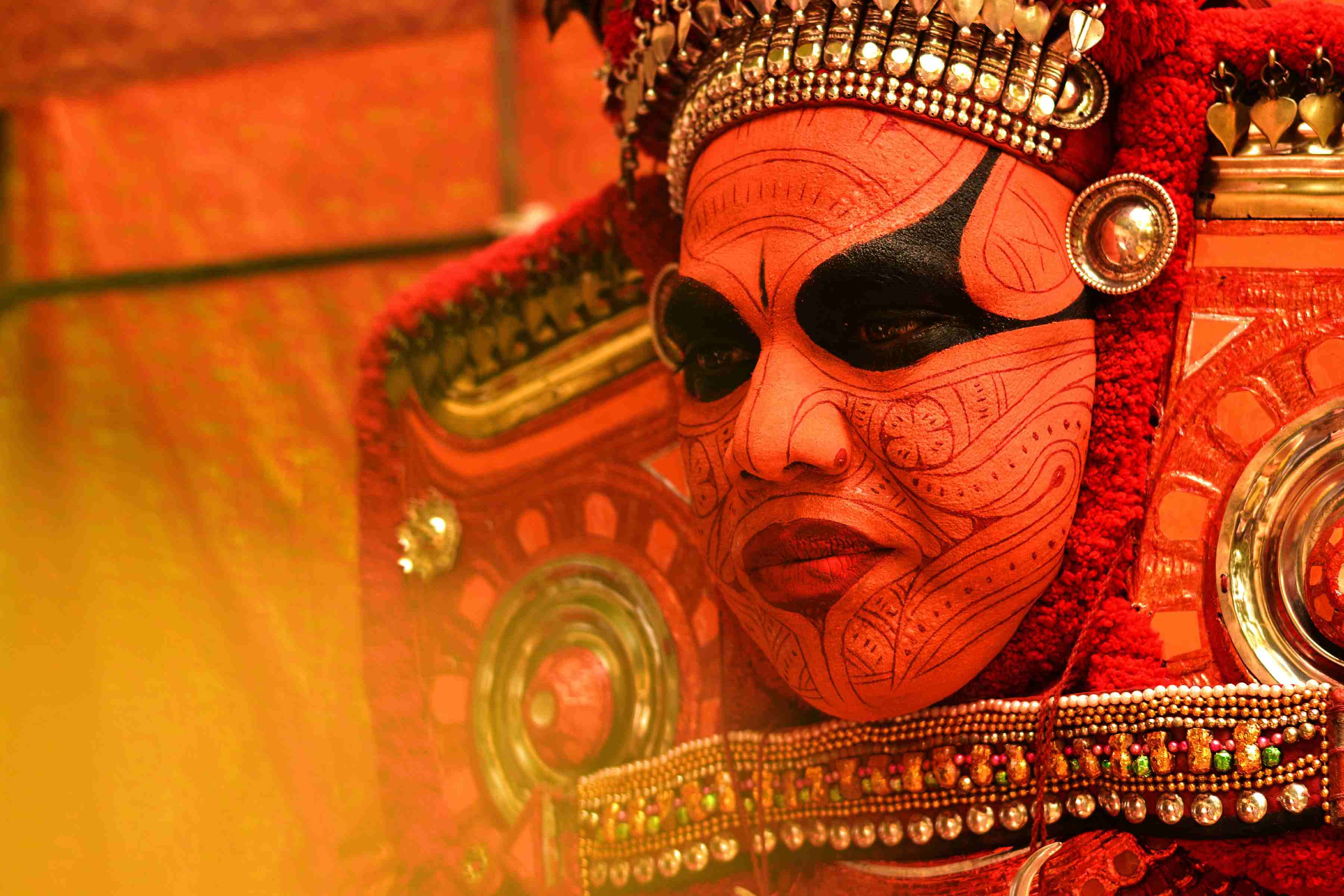
Mountains of Kerala
Kerala is home to the Western Ghats, a mountain range that runs through the western side of India and includes several peaks and hills in Kerala. Here are some of the most popular mountains and hills in Kerala:
Anamudi: Located in the Eravikulam National Park in Idukki district, Anamudi is the highest peak in South India, with an elevation of 2,695 meters. The peak is surrounded by lush green forests and is home to several rare species of flora and fauna.
Chembra Peak: Located in Wayanad district, Chembra Peak is one of the highest peaks in the Western Ghats, with an elevation of 2,100 meters. The peak is known for its scenic beauty, with lush green forests, grasslands, and a heart-shaped lake located on the way to the summit.
Agasthyakoodam: Located in the southern part of the Western Ghats, Agasthyakoodam is a peak that is popular among trekkers and nature lovers. The peak is surrounded by dense forests and is home to several rare species of flora and fauna.
Meesapulimala: Located in the Western Ghats in Idukki district, Meesapulimala is a peak that offers stunning views of the surrounding hills and valleys. It is also known for its trekking trails that pass through scenic tea plantations.
Munnar Hills: Located in the Western Ghats, Munnar is a popular hill station known for its picturesque beauty and tea plantations. The hills offer stunning views of the surrounding valleys and mountains, and is a great spot for trekking and camping.
Overall, Kerala's mountains and hills offer a wide range of experiences from trekking and camping to scenic beauty and wildlife. These natural wonders make Kerala a popular destination among nature lovers and adventure enthusiasts.
Festivals of Kerala
Kerala is known for its colourful and vibrant festivals that are celebrated throughout the year. Here are some of the most popular festivals in Kerala:
Onam: Onam is one of the most important festivals in Kerala and is celebrated to mark the homecoming of King Mahabali. The festival falls in the month of August or September and is marked by feasting, flower arrangements, and traditional games.
Vishu: Vishu is another important festival in Kerala that marks the beginning of the New Year according to the Malayalam calendar. The festival falls in the month of April and is marked by the sighting of the Vishukkani, which is an auspicious arrangement of fruits, vegetables, and other items.
Thrissur Pooram: Thrissur Pooram is one of the most famous festivals in Kerala and is celebrated in the town of Thrissur. The festival is marked by a colorful procession of elephants, traditional music, and fireworks.
Theyyam: Theyyam is a unique ritualistic performance that is performed in many temples in North Kerala. The performances are characterized by colorful costumes, elaborate makeup, and traditional music.
Christmas and Easter: Christianity is also a significant religion in Kerala, and Christmas and Easter are celebrated with great fervor in the state. The celebrations include midnight mass, carol singing, and feasting.
Eid al-Fitr: Muslims in Kerala also celebrate Eid al-Fitr with great enthusiasm. The celebrations include special prayers, feasting, and exchanging gifts.
These festivals are an integral part of Kerala's rich cultural heritage and attract tourists from all over the world. They offer a glimpse into Kerala's unique customs, traditions, and way of life.
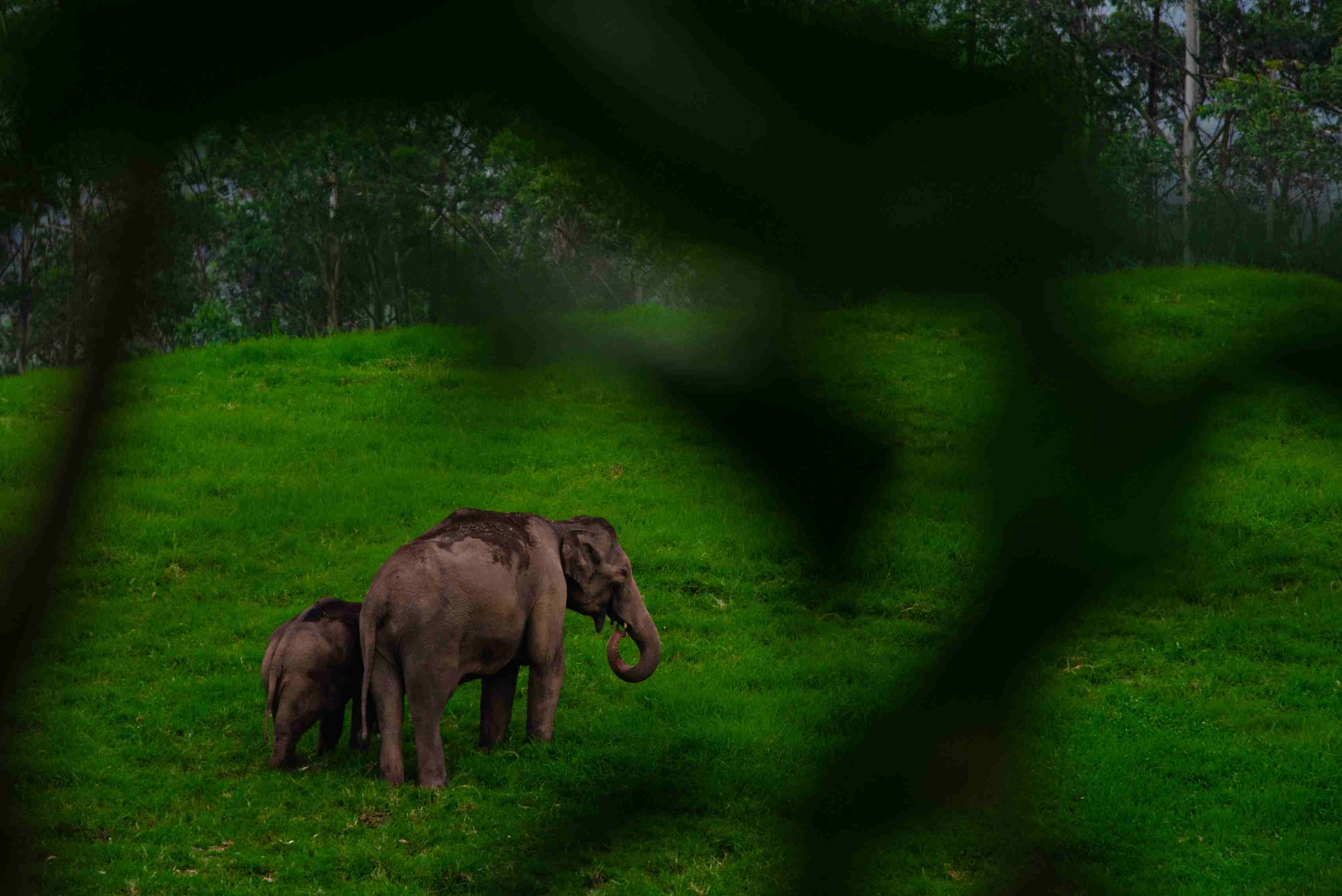
Best waterfalls in Kerala
Kerala is home to several beautiful waterfalls, thanks to its hilly terrain and abundant rainfall. Here are some of the most popular waterfalls in Kerala:
Athirappilly Falls: Located in Thrissur district, Athirappilly Falls is one of the most popular waterfalls in Kerala. It is known for its picturesque beauty, with water cascading down from a height of 80 feet. The waterfall is surrounded by lush green forests and is a great spot for trekking and bird watching.
Vazhachal Falls: Located close to Athirappilly Falls, Vazhachal Falls is another popular waterfall in Kerala. It is known for its scenic beauty, with water gushing down from a height of 100 feet. The area around the waterfall is home to several species of birds and animals, making it a great spot for wildlife enthusiasts.
Meenmutty Falls: Located in Wayanad, Meenmutty Falls is one of the largest waterfalls in Kerala, with water cascading down from a height of 300 feet. The waterfall is surrounded by dense forests and is accessible only by trekking through a scenic route.
Soochipara Falls: Also located in Wayanad, Soochipara Falls is known for its three-tiered waterfall, with water cascading down from a height of 200 feet. The waterfall is surrounded by dense forests and is a great spot for trekking and rock climbing.
Palaruvi Falls: Located in Kollam district, Palaruvi Falls is known for its milky-white waters and is a popular spot for swimming and relaxing. The waterfall is surrounded by dense forests and offers a scenic view of the surrounding hills.
Overall, these waterfalls are a great addition to the natural beauty of Kerala and attract visitors from all over the world.
Temples of Kerala
Kerala is known for its rich cultural heritage and is home to several ancient and famous temples. Here are some of the most popular temples in Kerala:
Sabarimala Temple: Located in Pathanamthitta district, Sabarimala Temple is one of the most famous temples in Kerala and is dedicated to Lord Ayyappa. The temple is situated on a hilltop and can be reached only by trekking through dense forests. It is known for its annual pilgrimage season that attracts millions of devotees from all over the world.
Guruvayur Temple: Located in Thrissur district, Guruvayur Temple is one of the most popular temples in Kerala and is dedicated to Lord Krishna. The temple is known for its stunning architecture, intricate carvings, and rich history.
Padmanabhaswamy Temple: Located in Thiruvananthapuram, Padmanabhaswamy Temple is one of the richest temples in the world and is dedicated to Lord Vishnu. The temple is known for its intricate carvings, stunning architecture, and gold-plated dome.
Sree Krishna Temple, Ambalappuzha: Located in Alappuzha district, Sree Krishna Temple in Ambalappuzha is one of the oldest temples in Kerala and is known for its delicious prasadam, a sweet pudding made of rice, milk, and sugar.
Vadakkunnathan Temple: Located in Thrissur, Vadakkunnathan Temple is one of the oldest temples in Kerala and is dedicated to Lord Shiva. The temple is known for its stunning architecture, murals, and carvings.
These temples are not just places of worship but are also architectural marvels and offer insights into Kerala's rich cultural heritage. They attract devotees and tourists from all over the world, making them a significant part of Kerala's tourism.
Architecture of Kerala
Kerala's architecture is a unique blend of Dravidian, European, and Chinese styles that have evolved over centuries. Here are some of the most distinctive features of Kerala's architecture:
Wooden Architecture: Kerala's traditional architecture is characterized by the extensive use of wood. The state's abundant supply of timber led to the development of a distinct wooden architecture that has been in use for centuries. Many of the old palaces, temples, and houses in Kerala were built entirely of wood, and even today, wood remains an important building material in the state.
Sloping Roofs: Kerala's traditional architecture is also known for its sloping roofs, which are designed to withstand the heavy monsoon rains. The roofs are usually made of clay tiles and are sloped at an angle of about 45 degrees to allow rainwater to drain off quickly.
Verandahs and Courtyards: Another hallmark of Kerala's traditional architecture is the extensive use of verandahs and courtyards. These spaces are designed to promote natural ventilation and to create a seamless connection between the indoors and outdoors.
Murals and Frescoes: Kerala is also known for its intricate murals and frescoes, which adorn many of the old temples and palaces in the state. These murals often depict scenes from Hindu mythology and are executed in bright, vibrant colors.
Chinese Fishing Nets: Another iconic feature of Kerala's architecture are the Chinese fishing nets that can be seen along the state's coastline. These large fishing nets were introduced by Chinese traders centuries ago and have become a symbol of Kerala's unique cultural heritage.
Overall, Kerala's architecture is a reflection of the state's rich history, culture, and geography. It is a blend of various styles and influences that have come together to create a unique architectural style that is truly Kerala's own.
Kerala culture and heritage
Kerala's culture and heritage are diverse and rich, shaped by centuries of history, trade, and cultural exchange. Here are some of the key aspects of Kerala's culture and heritage:
Literature: Kerala has a long and rich literary tradition, with works dating back to the 9th century. The state is known for its literature in Malayalam, with renowned writers like Vaikom Muhammad Basheer, O.V. Vijayan, and M.T. Vasudevan Nair hailing from Kerala.
Performing Arts: Kerala is known for its vibrant performing arts scene, with a variety of dance forms like Kathakali, Mohiniyattam, and Koodiyattam originating from the state. These dance forms are accompanied by traditional music and elaborate costumes.
Martial Arts: Kerala is also known for its traditional martial arts forms like Kalaripayattu, which is believed to be one of the oldest martial arts in the world.
Cuisine: Kerala's cuisine is diverse and flavorful, with a range of vegetarian and non-vegetarian dishes. The state is known for its use of coconut, curry leaves, and spices like cardamom, pepper, and cloves.
Handicrafts: Kerala is home to a variety of handicrafts, including coir products, pottery, and wood carvings. These handicrafts are created using traditional techniques that have been passed down for generations.
Festivals: Kerala's festivals, as mentioned earlier, are a significant part of its cultural heritage. They offer a glimpse into the state's unique customs and traditions.
Architecture: Kerala's architecture is a unique blend of Dravidian, European, and Chinese styles. The state is known for its extensive use of wood, sloping roofs, verandahs, and murals.
Overall, Kerala's culture and heritage are diverse, vibrant, and unique. They are a reflection of the state's rich history, traditions, and way of life.
